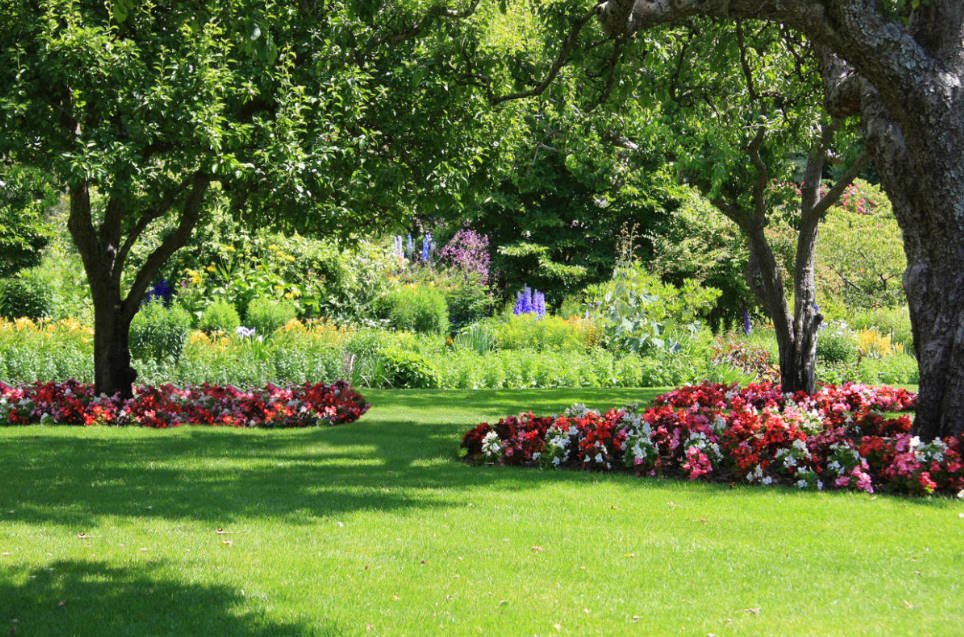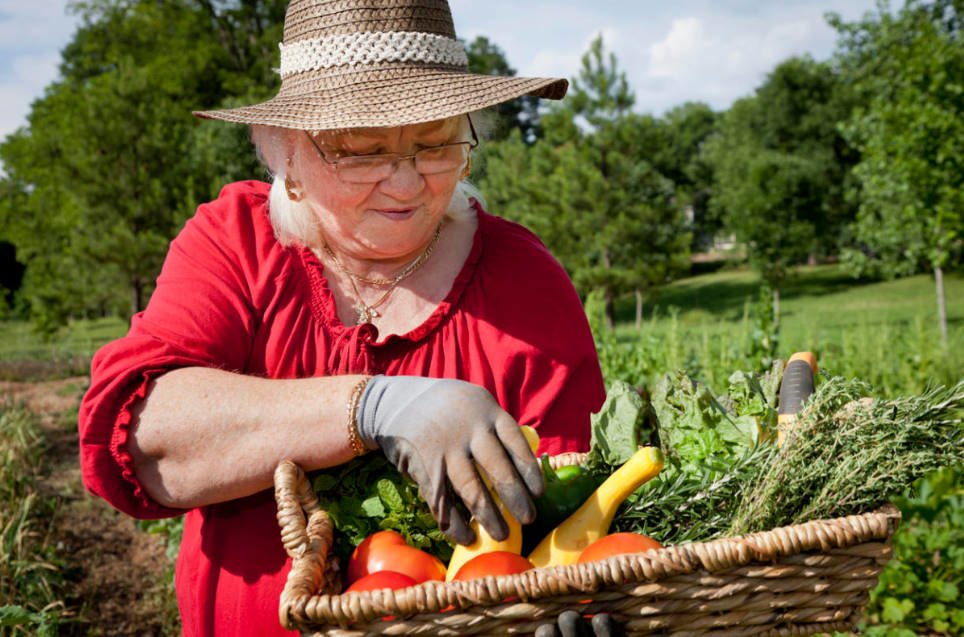Summer residents will say with confidence that a favorite country house and various plants growing on it can cure the owner of various diseases-despite the back pain, calluses, insect bites and other troubles that appear after a “rest” in the cottage.
Also, a trip to a country house helps in the fight against depression and insomnia, reduces aggression and increases self-esteem. Well, the fact that village life regulates digestion, increases appetite, improves the complexion, eliminates dandruff and is an excellent antioxidant, it is not necessary to say at all – everyone already knows this.
Although, it turns out, not everything: it took scientists eight years of research to come to an understanding of the beneficial effects of plants on the body of a woman. Now they have analyzed and published the results of their observations.
Life expectancy is related to the greenery around the house
The life expectancy of women depends on the number of plants around their place of residence. Such conclusions were reached by scientists from Harvard University. The study was conducted in collaboration with the School of Public Health and Boston Women’s Hospital.
For eight years, from 2000 to 2008, the researchers followed the lives of 108,630 women of different ages, social status and race, with different “sets” of diseases and bad habits. The observation was carried out in correlation with the number of plants in a two-hundred-and-five-meter (273 yard) zone around the place of residence of the observed women.

The more plants around you, the less likely you are to get cancer and other diseases
During the follow-up period, 8,604 deaths were registered in the main group of women, not counting deaths from accidents.
According to the data, 41% more deaths from kidney disease occurred in less green areas, 34% more women died from respiratory diseases and 13% more cases of cancer. Apparently, now it will take another ten years to study human organisms and their interaction with plants in a similar way.
However, our green environment affects not only life expectancy and reduces the number of diseases. It turns out that the number of squares and parks affects the crime rate in cities.
Greens and crime
American scientists, it seems, seriously undertook to study the influence of vegetation on various spheres of human life. Thus, they analyzed the results of the C&G GCLBA greening program on the example of the city of Flint (Michigan).

Greening cities affects the number of crimes
From May 1, 2005 to October 31, 2014, four young scientists-Richard Sadler, Brandon Turchane, Edmund McGarrell, and Jessenia Pizarro-compiled a computer model of the C&G GCLBA impact, compiling data on the locations of all crimes committed in Flint.
Comparing the resulting crime map with the map of the planned implementation of the city improvement program, the researchers found that the main centers of crime coincide with the areas of the city that have not yet been covered by improvement. And where there were parks or squares, crime decreased. A similar effect of the increase in the area of urban green spaces on crime is noted by the authorities of Detroit.
Perhaps we should remember the Little Prince’s commandment more often: “I got up in the morning, washed, cleaned myself up – and immediately put my planet in order.” Then maybe we’ll all live happily ever after.


















